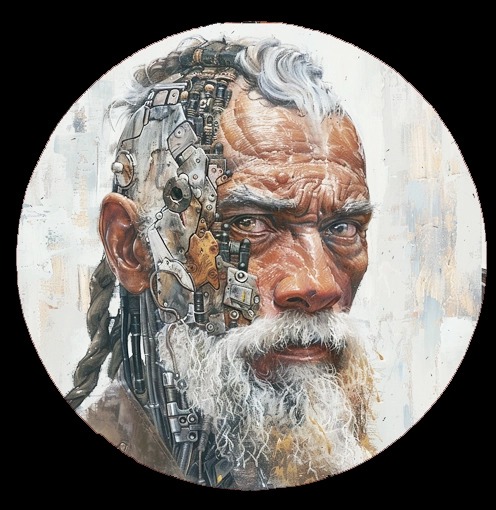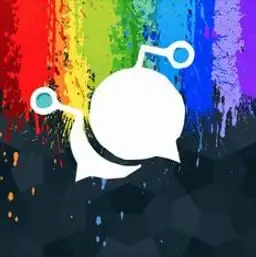I am a native English speaker and recently started learning Esperanto a few weeks ago. I was inspired by a TED Talk that explained how Esperanto is an excellent first choice for those interested in acquiring multiple languages.
Due to its relative simplicity, learning Esperanto effectively prepares your brain for learning additional languages, making the process quicker and smoother.
So how many here speak different languages and what are they?


I can very vaguely understand the Syriac script. How similar is it to Arabic? I assume Aramaic and Hebrew are pairs and so are Arabic and Syriac.
You can read some words or full sentences sometimes, but some letters like taw (taa’) ت ܬ, ‘ayn ع ܥ, het (haa’) ح ܚ, and shin (sheen) ش ܫ are impossible to guess without checking out the alphabet first. The madnhaya script is closer to Arabic than the Estrangela script (which you’re probably seeing on your device).
Instead of the Arabic way of distinguishing similar letters by using dots, Syriac adds fangs or lines to change the “rasm” of the letter except for dal and raa’ which use a dot below and one above, respectively. I used to confuse waw ܘ, qaf ܩ, and mim ܡ a lot at first.
It’s a very interesting script, i’ve always wanted to learn it. thanks for the info :D
Especially since i recognize a lot (maybe not always exactly tho) of the characters, like how Tau looks like ط or how waw vaguely looks like و
NP. It’s really interesting beyond it’s similarities to Arabic too; the dots in Syriac are used to make letters hard or soft, which makes a lot more sense than using the same rasm with a different number of dots to make a completely different sound.
The language also often explains the little weird differences between levantine Arabic and MSA or other dialects, like the word “طاقة” which refers to small round windows and “بوبو” which is used to refer to an infant.
The equivalent to Arabic ط is “tet”: ܛ, but in some fonts of Syriac “taw” ܬ looks like a mirrored ܛ.